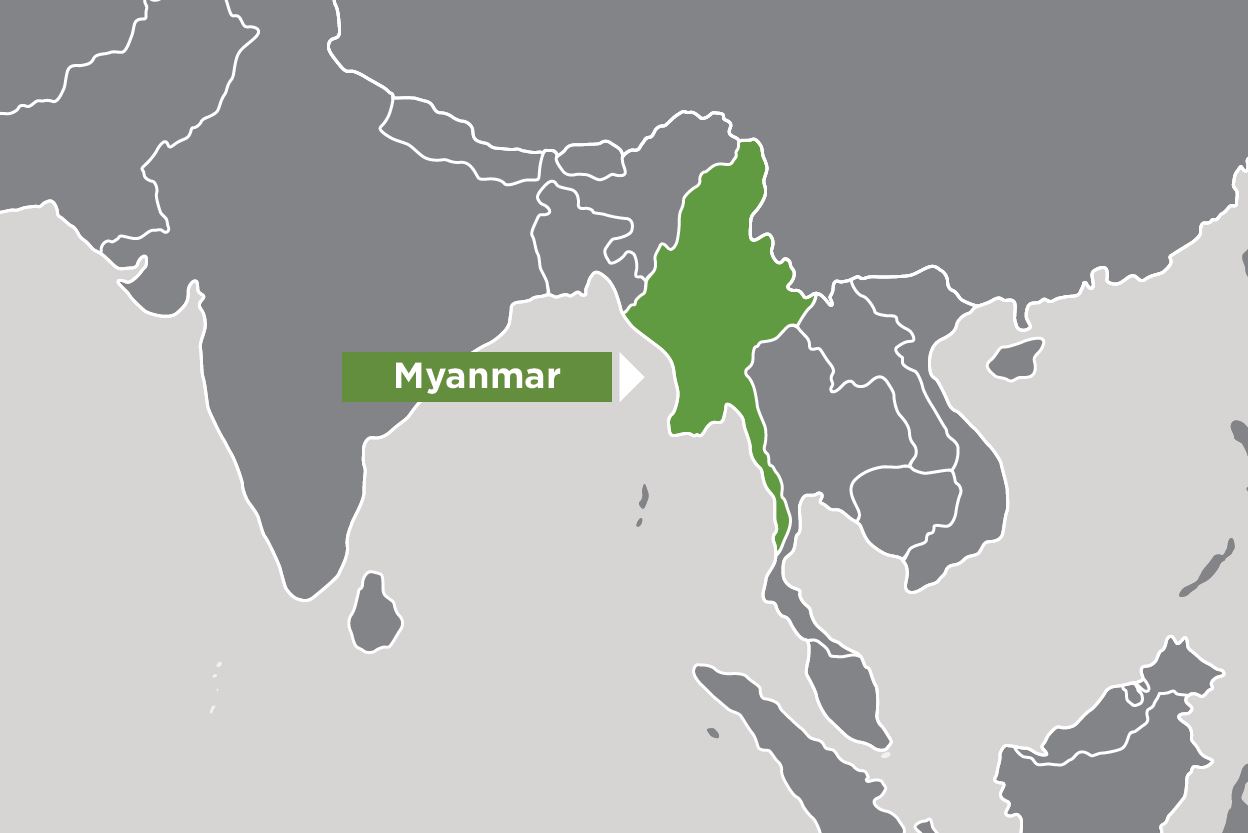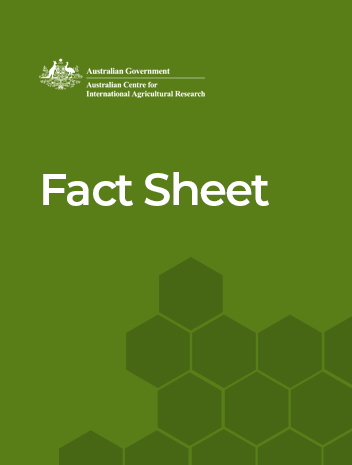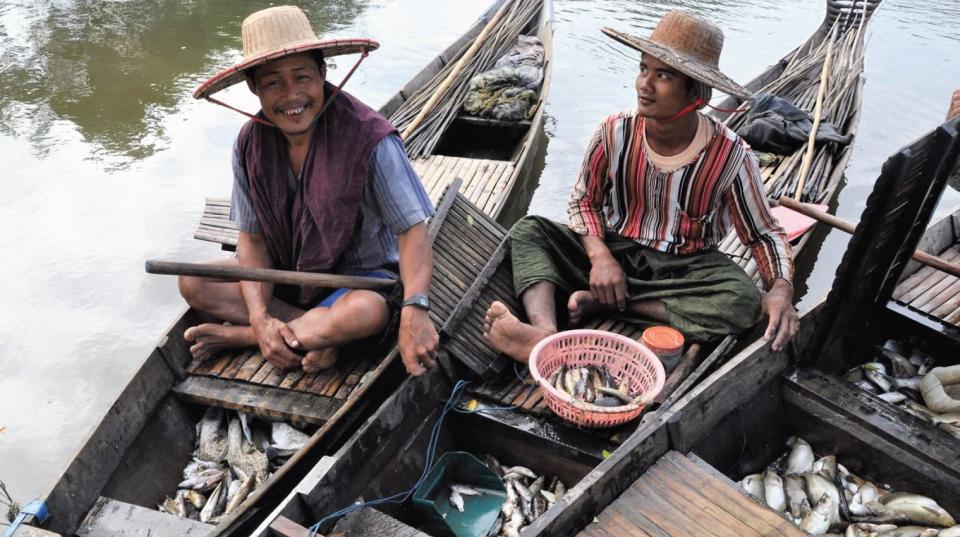Overview
This project is improving productivity and profitability of rice-fish systems in Myanmar.
Rice and fish are key elements of the diet and major agricultural production sectors in Myanmar. Rice-fish systems encompass a spectrum of farming and fishing practices, from traditional capture of fish in rice-dominated landscapes through to controlled farming of fish in rice fields.
Rice farming covers approximately 8 million ha and involves more than 5 million rural households. Governments of the recent past favoured ‘command and control’ based policies that discouraged rice farmers from diversification and making production decisions based on market demand. Such policies have constrained crop and land-use diversity, as well as opportunities for poverty reduction. Recent policy shifts are now encouraging farmers to diversify farming systems in agriculture, livestock and fisheries, presenting a window of opportunity for developing and implementing diversified and productive rice-fish systems.
This project will characterise rice-fish systems; identify gender-equitable outcomes of improvements in production and management systems; and strengthen the capacity and enabling environment.
Expected project outcomes
- Better understanding of rice-fish systems potential and evidence-based improvement options for policy development and extension.
- Prototype rice-fish systems are available and being adopted by lead farmers and producer groups within selected areas of the Ayeyarwady Delta.
- Mapping and modelling has identified promising areas for promoting new domains of rice-fish system practice and its adaptability to climate change.
- Private sector engaged at different points in the rice and fish value chains to promote adoption of rice-fish system improvements.
- Evidence-based and gender sensitive extension activities are promoting promising rice-fish system improvements.
- Increased profitability and productivity of rice and fish systems delivering improved income, nutrition and gender equity in small-scale rice farming households.





